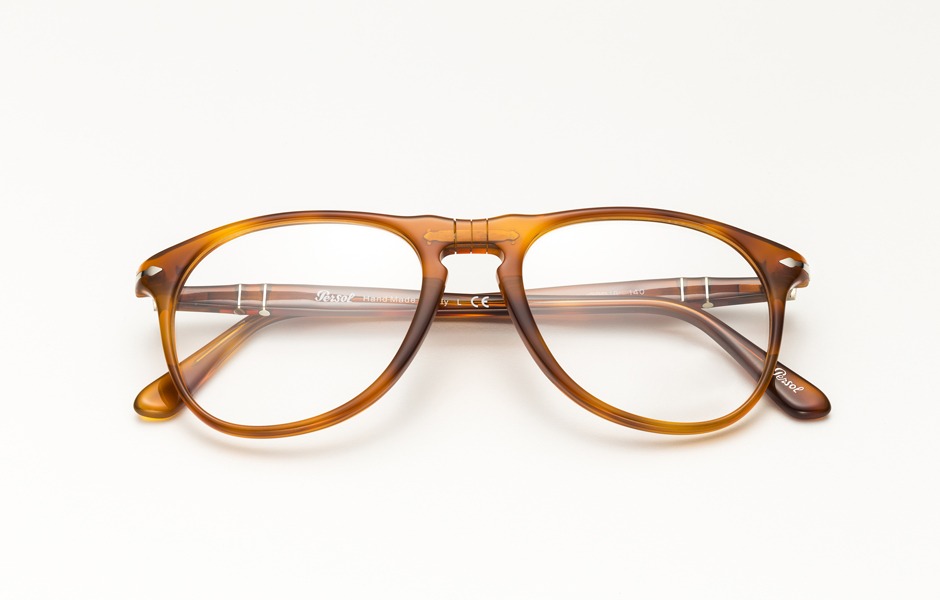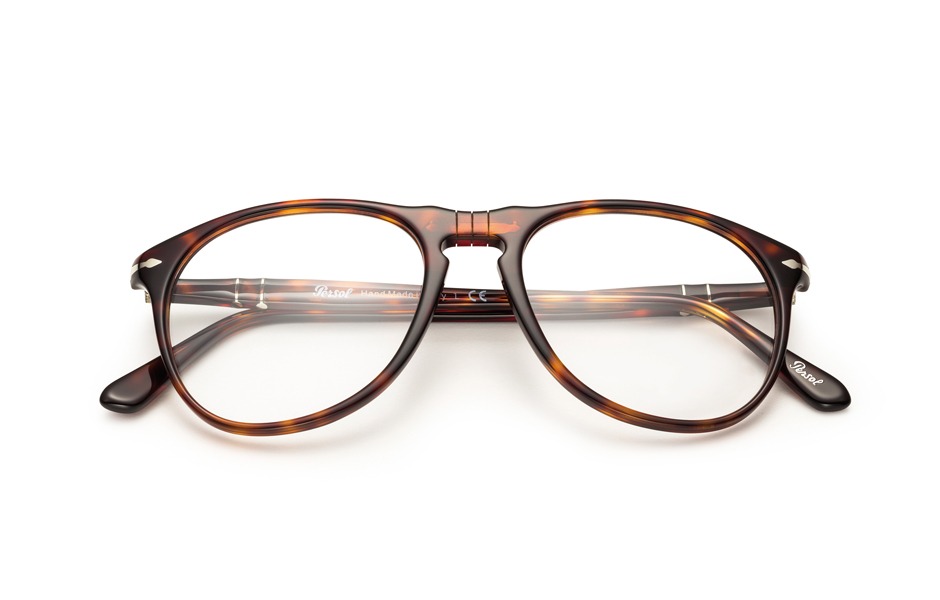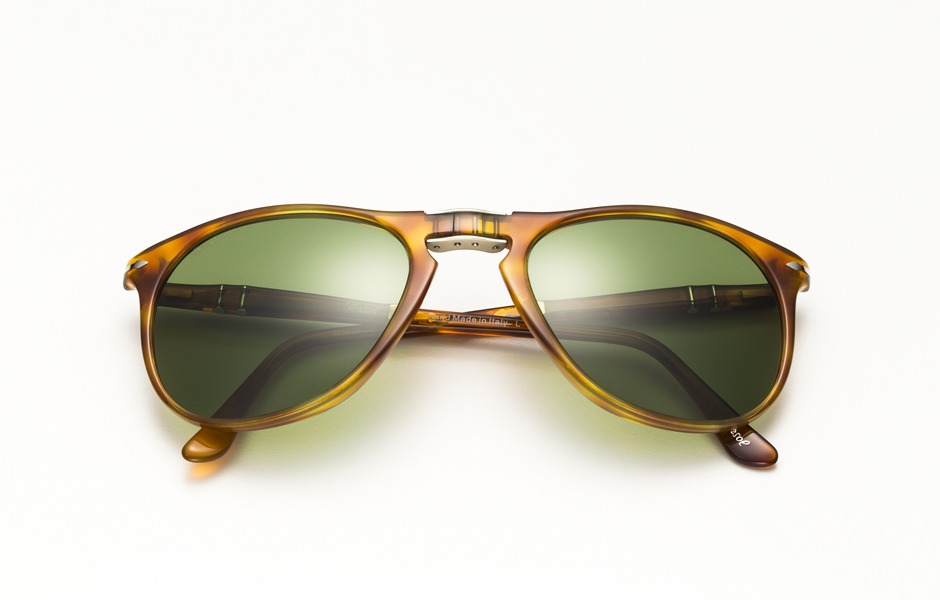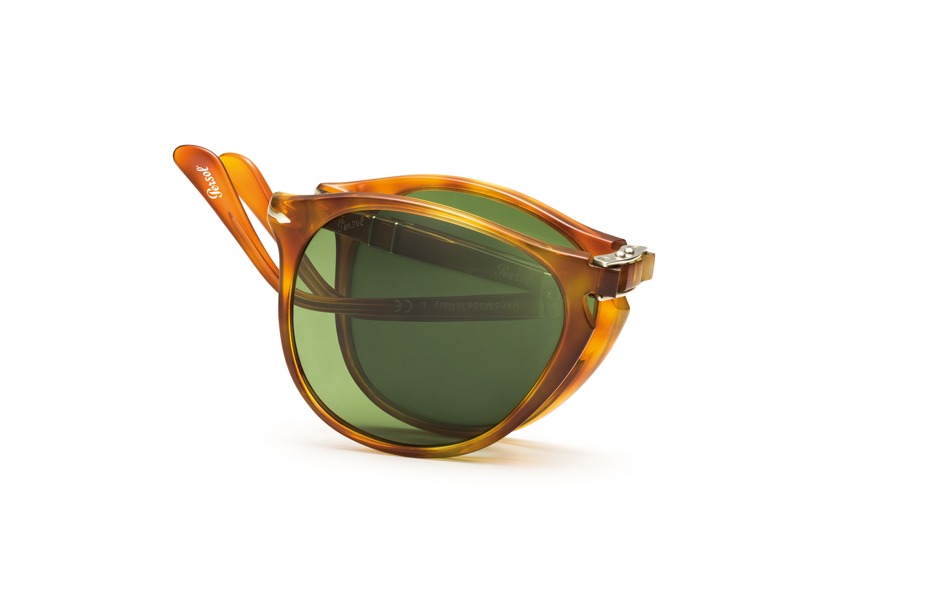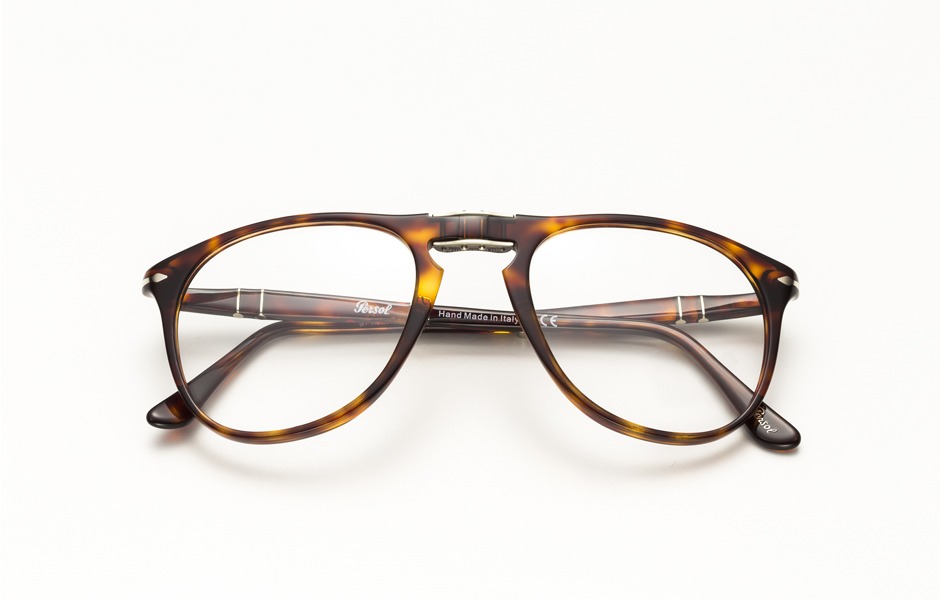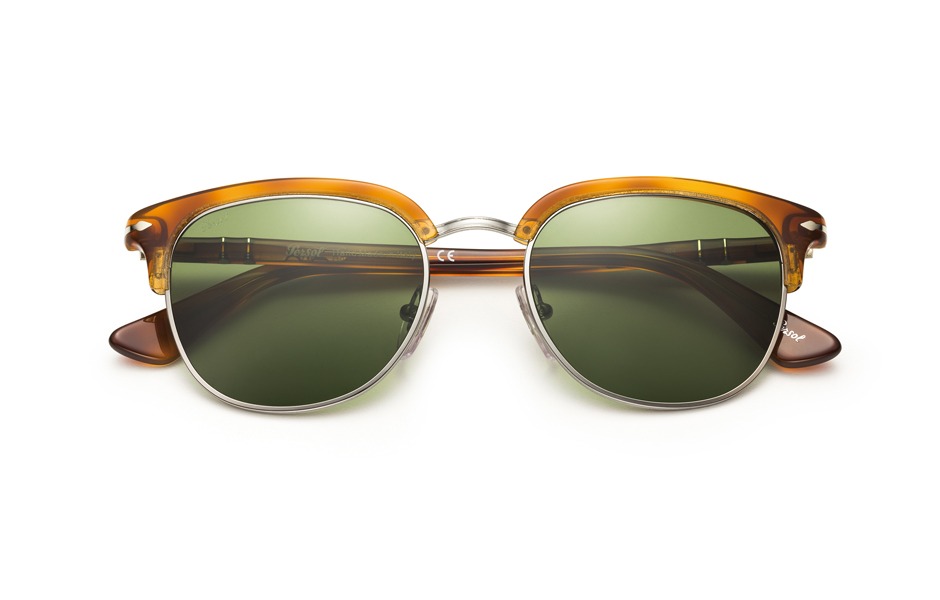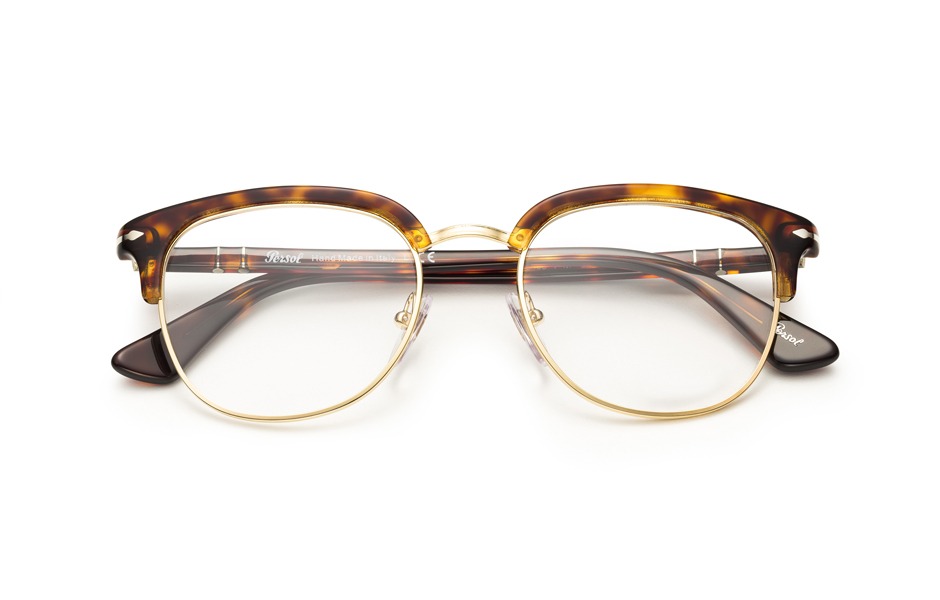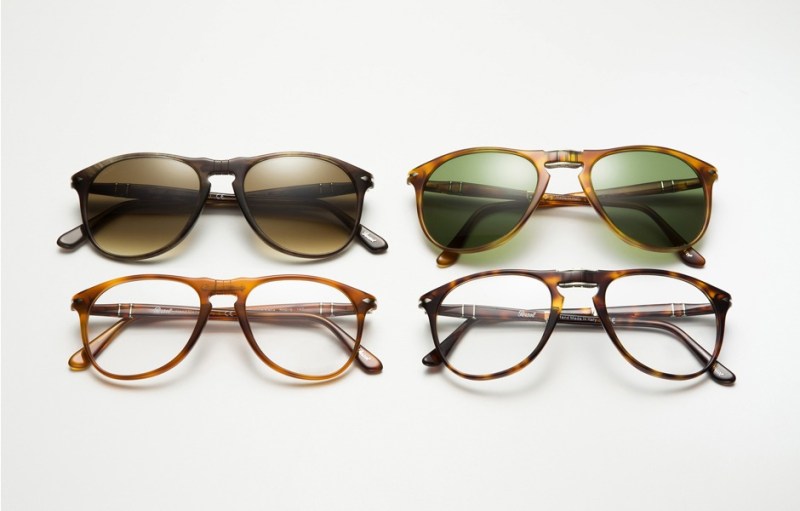
- 1. Persol Icons Collection
- 2. 9649
- 3. 9649
- 4. 9649
- 5. 9714
- 6. 9714
- 7. 9714
- 8. 9714
- 9. 9714
- 10. Cellor
- 11. Cellor
- 12. Cellor
Persol. You might not know the Italian luxury eyewear brand’s name by heart, but you’d certainly recognize its styles. Timeless, sophisticated and streamlined in that midcentury modern way, Persol sunglasses, particularly from the 1950 and 60s, had as much of that continental, je ne sais quoi quality about them as that sporty elegance channeled by the likes of Steve McQueen, who wore Persol’s 649 shades in “The Thomas Crown Affair” and turned it into one of the most desirable frames of all times. Even today vintage eyewear die-hards continue to seek out the iconic 649 and the 714, the first sunglass that could be folded in four to fit inside the breast pocket of a suit jacket.

In a fitting tribute to the series, Persol’s new campaign features the renowned photographer, music video director and filmmaker Stéphane Sednaoui (above). Comprising three self-portraits of the artist wearing the new Icons Collection, the campaign channels Persol’s philosophy of individual expression. Unveiling the campaign alongside his latest film project titled “Clues” in New York City recently, Sednaoui praised the brand’s uber cool collaborative approach, but later laughed, “I definitely like to be on the other side of the camera.”


